List of Maps*
Preface
Acknowledgments
Note on Names, Dates, Weights and Measures, and Chinese Characters
Introduction
History, Time, and Memory
The Qing Conquests as a World Historical Event
I. The Formation of the Central Eurasian States
1. Environments, State Building, and National Identity
The Unboundedness of Central Eurasia
Trade, Transport, and Travel
The Frontier Zone
Isolation and Integration
2. The Ming, Muscovy, and Siberia, 1400–1600
The Ming and the Mongols
State Formation in Muscovy and Russian Expansion
Siberian and Chinese Frontiers
3. Central Eurasian Interactions and the Rise of the Manchus, 1600–1670
Building the Zunghar State
The Rise of the Manchus
Mongolian Influence on the Manchu State
Early Modern State Building Compared
II. Contending for Power
4. Manchus, Mongols, and Russians in Conflict, 1670–1690
Kangxi the Ruler
Galdan’s Intervention
Kangxi’s First Personal Expedition
The Treaty of Nerchinsk and the Excluded Middle
5. Eating Snow: The End of Galdan, 1690–1697
The Dolon Nor Assembly
The Battle of Jao Modo
The Emperor Rewrites History
The Final Campaigns and the Fate of Galdan
6. Imperial Overreach and Zunghar Survival, 1700–1731
The Rise of Tsewang Rabdan
Three Central Eurasian Travelers
The Penetration of Turkestan and Tibet
The New Emperor Changes Tack
7. The Final Blows, 1734–1771
Transforming the Barbarians through Trade
The Death Knell of the Zunghar State
The Conquest of Turkestan
The Return of the Torghuts
III. The Economic Basis of Empire
8. Cannons on Camelback: Ecological Structures and Economic Conjunctures
Galdan the State Builder
Nian Gengyao and the Incorporation of Qinghai
Administering the Frontier
9. Land Settlement and Military Colonies
Deportation from Turfan
Settlement of Xinjiang
Colonization and Land Clearance
Economic Development
10. Harvests and Relief
Harvests and Yields
Granary Reserves
The Contribution Scandal
The Relief Campaign of 1756
11. Currency and Commerce
Money on the Frontier, from Song through Ming
Integration and Stabilization
Commerce as a Weapon of War
Tribute and Frontier Trade
IV. Fixing Frontiers
12. Moving through the Land
Travel and Authority
Marking Space in Stone
Maps and Power
Expanding the Imperial Gaze
13. Marking Time: Writing Imperial History
Kangxi’s Campaign History
Yongzheng and the Dayi Juemilu
Qianlong’s Account of the Zunghar Mongols
A View from the Frontier
Nomadic Chronicles
V. Legacies and Implications
14. Writing the National History of Conquest
Statecraft Writers and Empire
Geopolitics and Emperor Worship
Chinese Historians and the Multicultural State
Soviet and Mongolian Attacks on Qing Aggression
Empires, Nations, and Peoples
15. State Building in Europe and Asia
The Political Ecology of Frontier Conquest
European, Chinese, and Inner Asian Models
Theories of Nomadic Empires
Rethinking the Qing in the World
16. Frontier Expansion in the Rise and Fall of the Qing
The End of the Qing State
Northwest and Southern Frontiers
The Negotiated State
Commercialization and Regionalization
Appendixes
A. Rulers and Reigns
B. The Yongzheng Emperor Reels from the News of the Disaster, 1731
C. Haggling at the Border
D. Gansu Harvests and Yields
E. Climate and Harvests in the Northwest
Abbreviations
Notes
Bibliography
Illustration Credits
Index
* Maps
1. The Qing empire, ca. 1800
2. The Zunghar empire
3. Ecological zones of Eurasia
4. Tribal peoples and Russian settlements in the sixteenth and seventeenth centuries
5. The Sino–Russian frontier
6. The Kangxi emperor’s Zunghar campaigns, 1690–1697
7. The Qianlong emperor’s western campaigns, 1755–1760
8a. Grain price integration in Gansu, 1739–1864
8b. Grain price integration in Gansu with famine years omitted, 1739–1864
9. Grain price integration in Xinjiang, 1777–1860

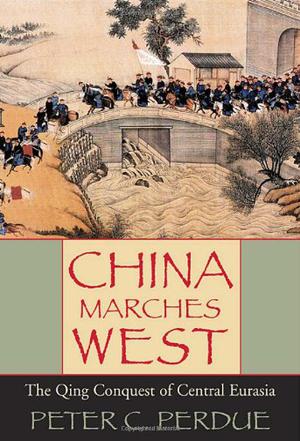

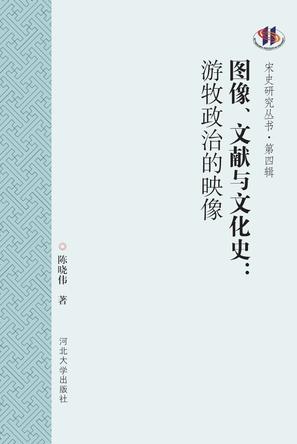
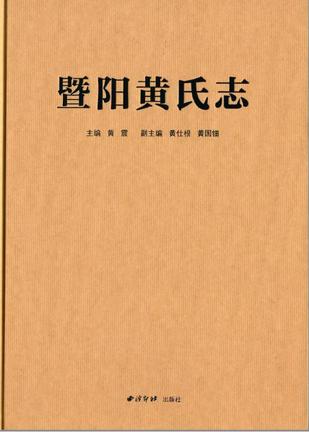
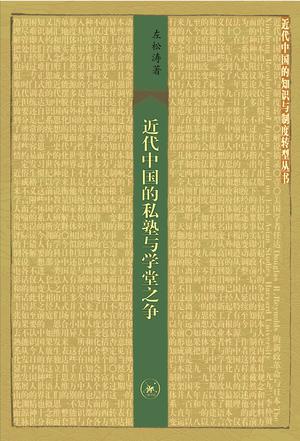
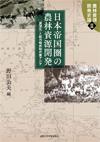
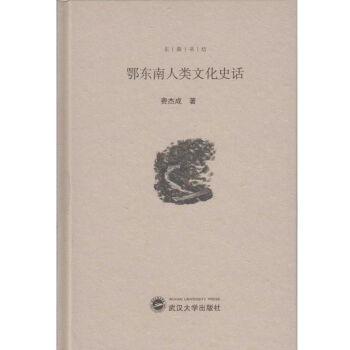
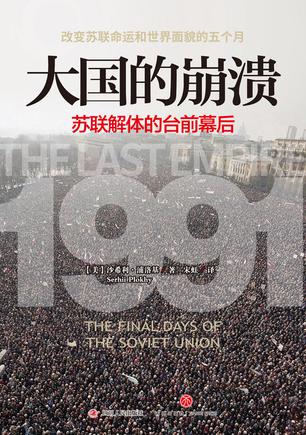
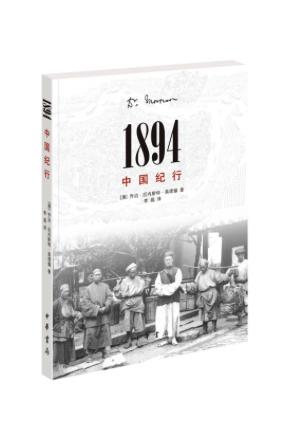

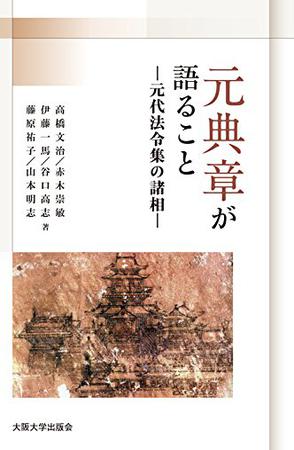

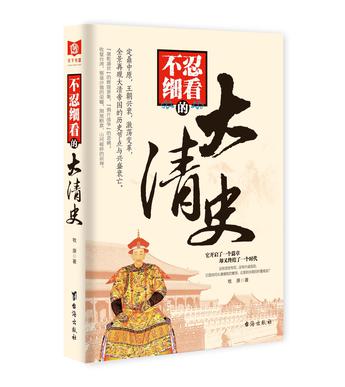

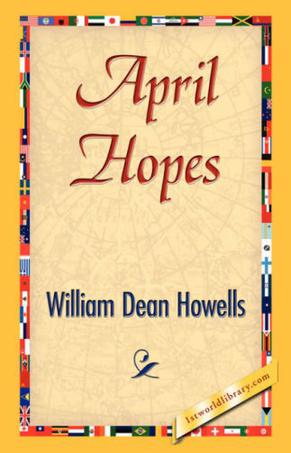
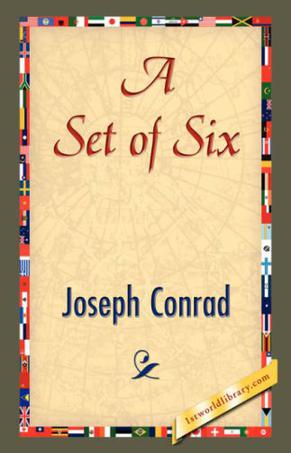
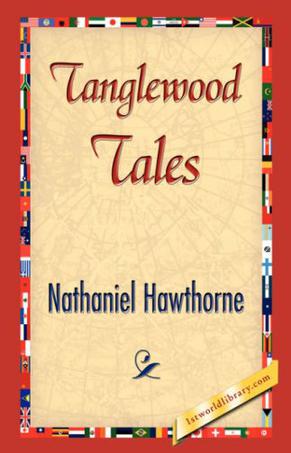
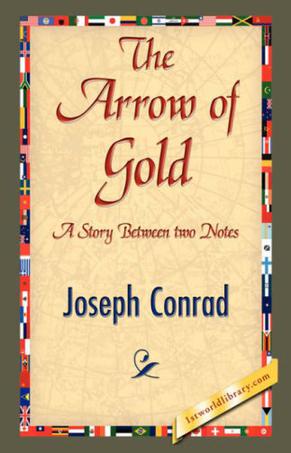


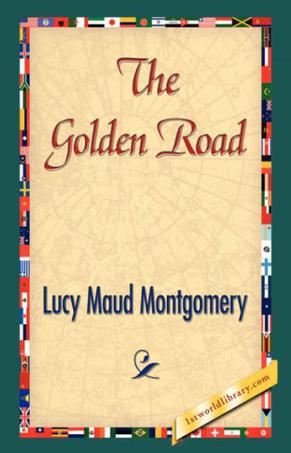
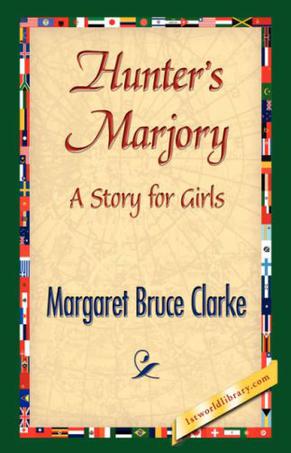
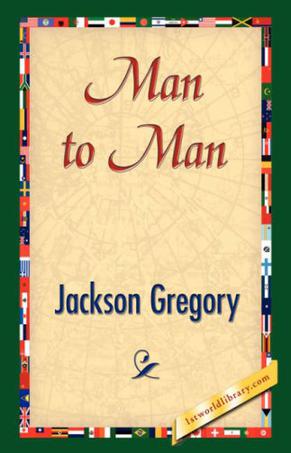
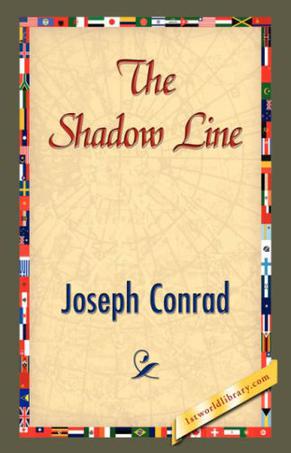

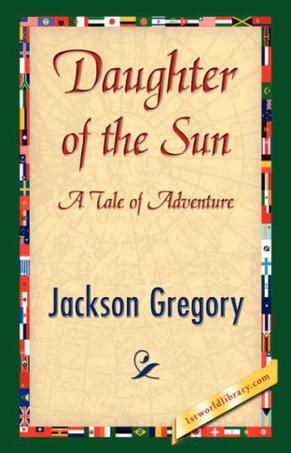

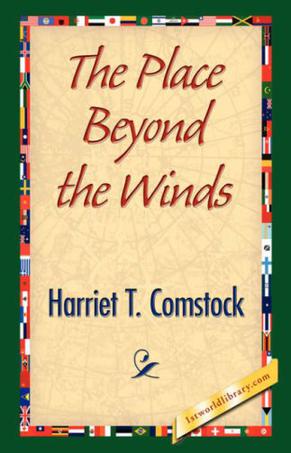
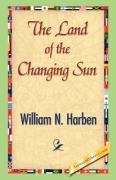






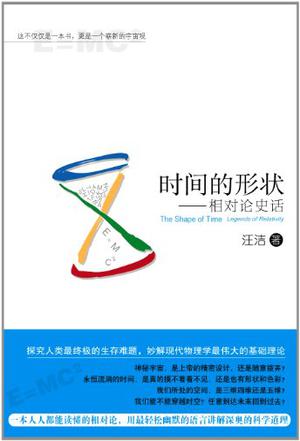

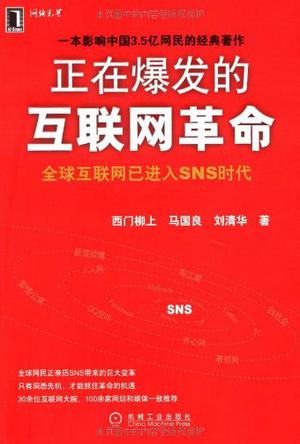




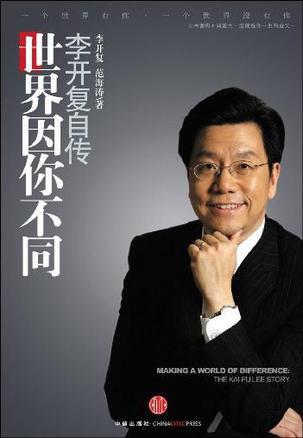

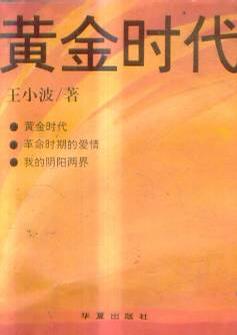

评价“China Marches West”